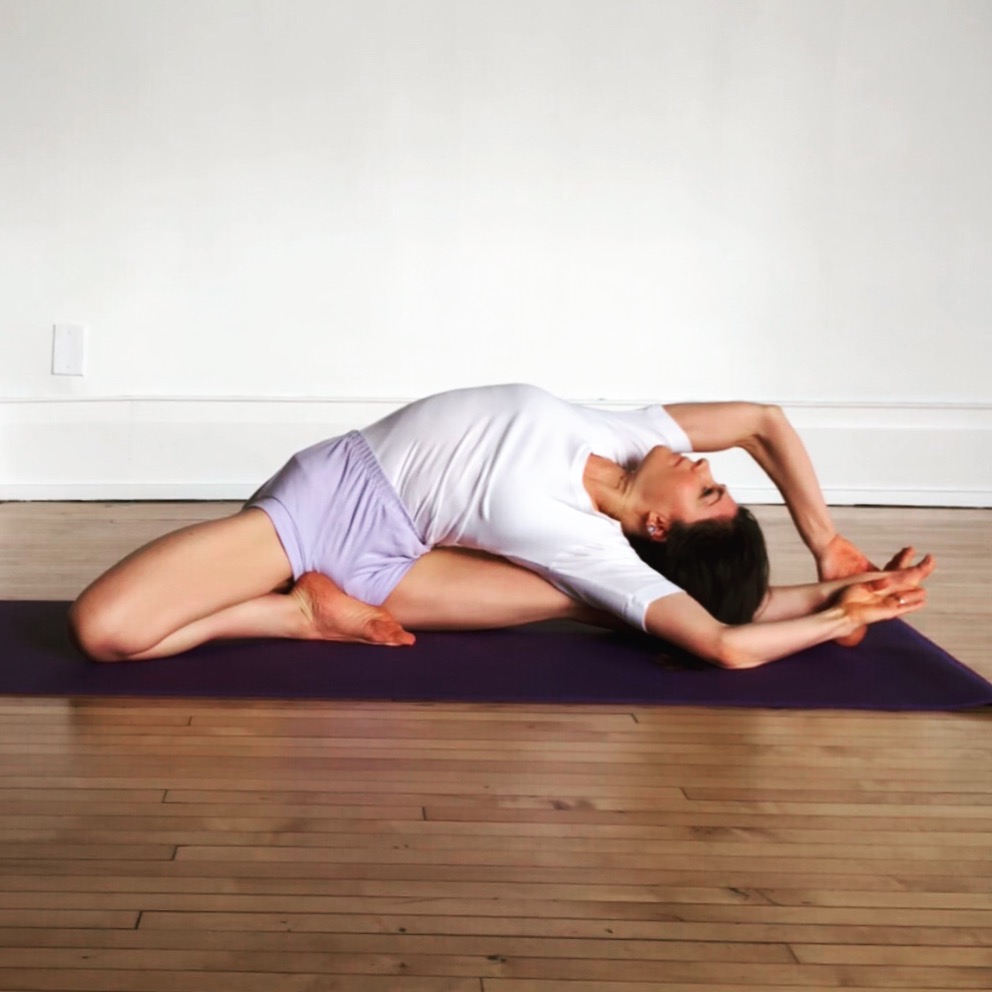“Physical sensations—cold and heat, pleasure and pain—are transient; they come and go, so bear them patiently.”
2.14 Bhagavad Gita
The effect of Asana practice is to transcend dualities.
Kandāsana. “The kundalinī sleeps above the kanda (the place near the navel where the nādīs unite and separate). It gives mukti (emancipation) to the yogins and bondage to the fools. He who knows her knows Yoga.” Hatha Yoga Pradīpikā.








